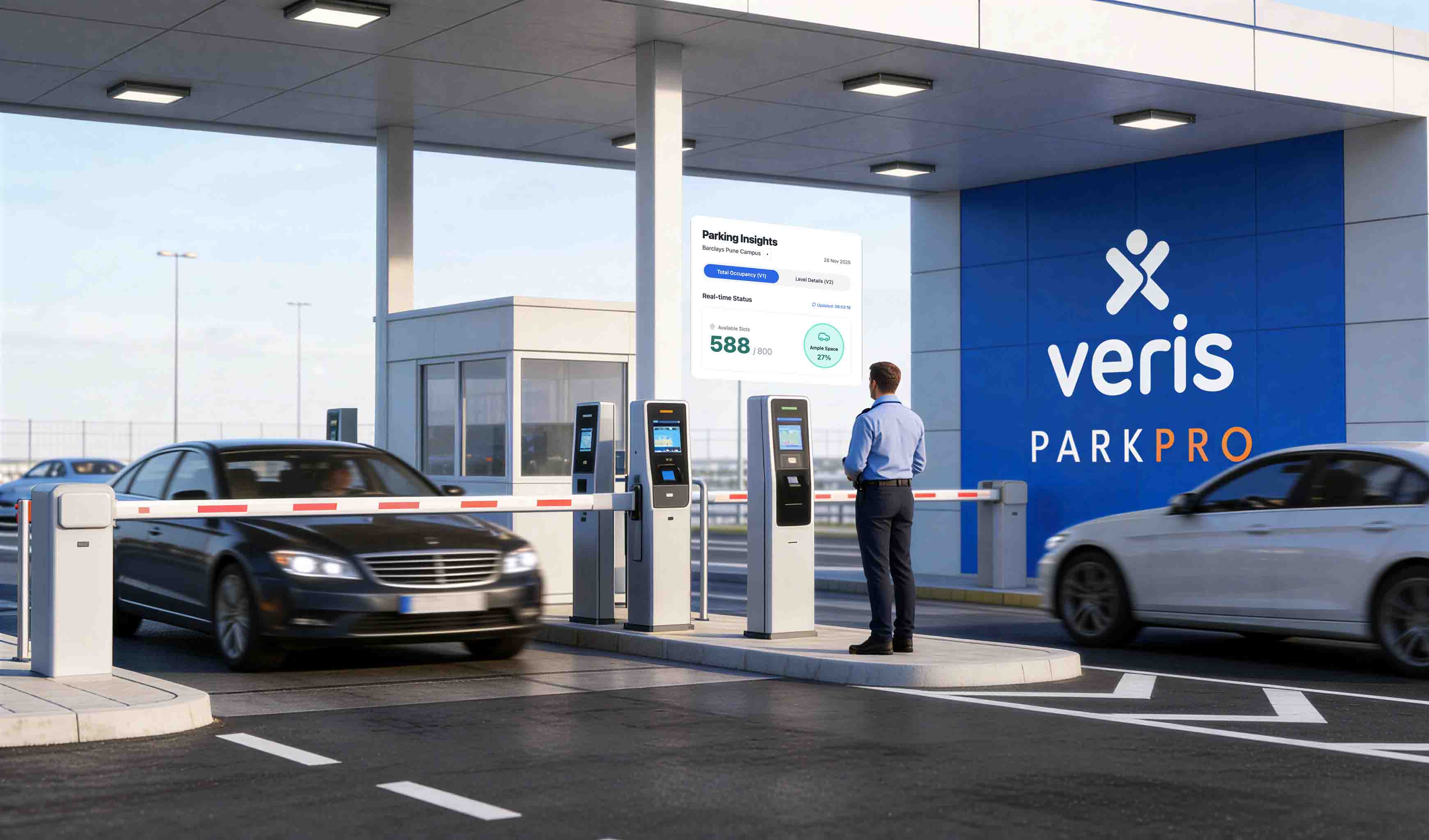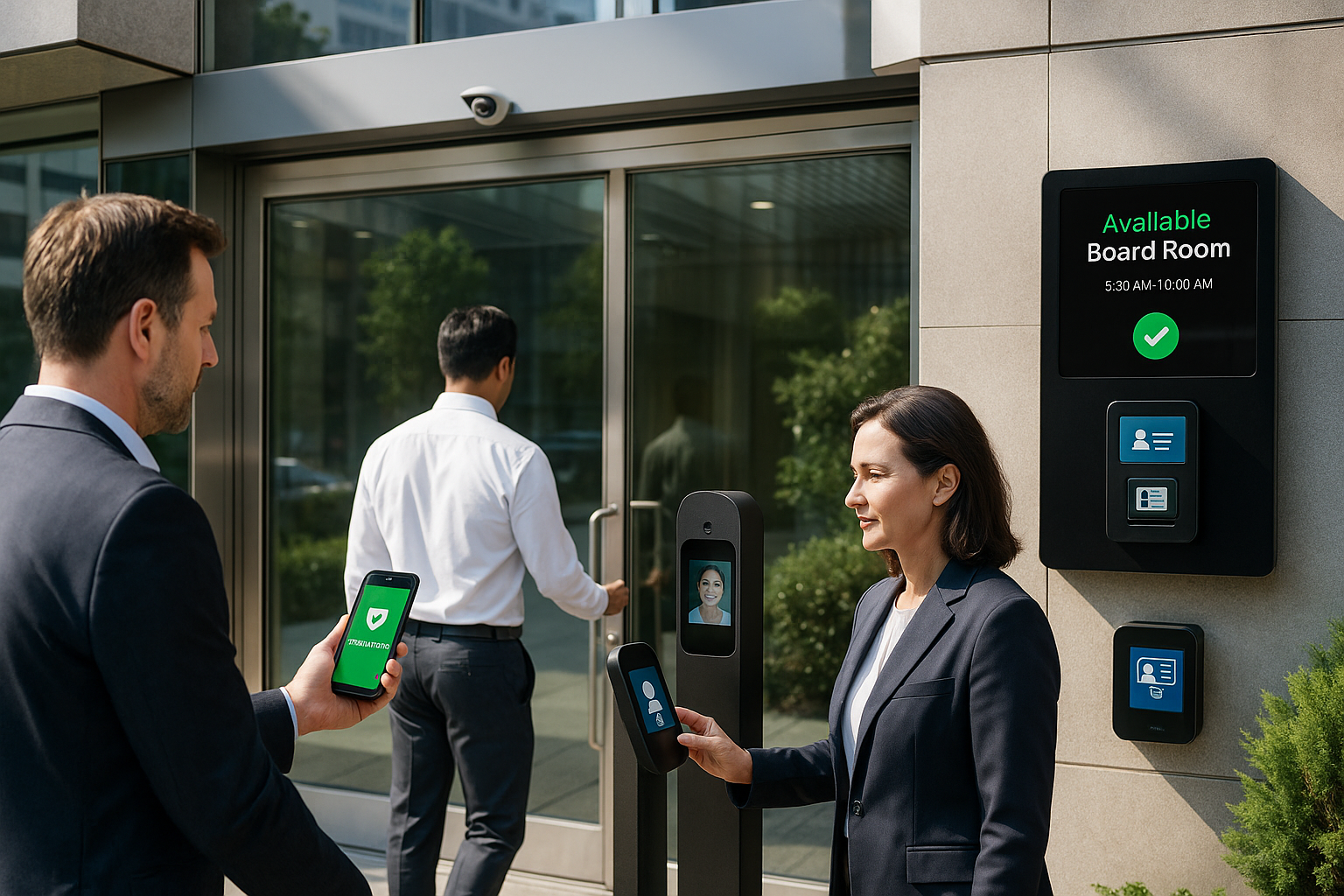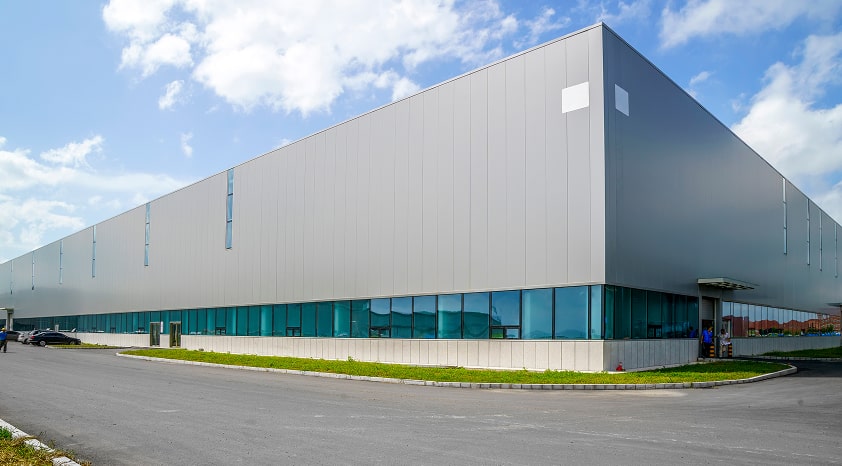Embracing hybrid work and tech innovations
The COVID-19 pandemic has significantly impacted the way we work and the spaces we work in. According to a survey by FlexJobs, 65% of respondents said they want to work from home full-time post-pandemic. This shift towards remote work is forcing companies to rethink their office real estate strategies.
One of the most significant changes in the post-pandemic workplace is the need for flexible and adaptable workspaces. With more employees working from home, there is less need for large, traditional office spaces. Instead, companies are looking for more flexible options, such as coworking spaces and shared offices, that can accommodate changing needs and preferences of employees.
According to a report by JLL, the global coworking market is expected to grow by an average of 21% per year until 2025. This growth is driven by the demand for flexible workspaces that offer short-term leases and the ability to scale up or down as needed.
Evolving Workplaces: From traditional offices to collaborative spaces
The workplace is evolving from traditional offices to more collaborative and creative spaces. As companies look to attract and retain top talent, they are focusing on creating work environments that foster collaboration, innovation, and employee well-being.

According to a survey by Steelcase, 88% of respondents said that the physical workplace significantly impacts their overall job satisfaction. This underscores the importance of creating a workspace that is designed for employee productivity, engagement, and well-being.
Coworking spaces and shared offices are becoming more popular as they offer a flexible and affordable solution for businesses of all sizes. These spaces are designed to promote collaboration and interaction among different companies and individuals. In addition, they often include amenities such as meeting rooms, lounge areas, and kitchen facilities, creating a more relaxed and social environment.
According to a report by CBRE, the number of flexible office spaces worldwide is expected to grow by an average of 13% per year until 2024. This growth is driven by the demand for more flexible and adaptable workspaces that can accommodate changing needs and preferences of employees
Hybrid Model is here: Changing the way we live and work
Hybrid work, where employees work both from home and the office, is becoming the new normal for many organizations. This shift is changing how we live and work, providing more flexibility and freedom for employees to manage their work and personal lives.
According to a survey by Microsoft, 73% of employees want flexible remote work options to continue post-pandemic. This underscores the importance of adopting hybrid work models to attract and retain top talent.

One of the most significant benefits of hybrid work is increased productivity. According to a study by FlexJobs, 51% of respondents said they are more productive when working from home. This is due to fewer distractions, less commuting time, and more control over their work environment.
However, hybrid work also presents challenges, such as the need for effective communication and collaboration tools and the need to maintain a work-life balance. As a result, companies must invest in technology and infrastructure to support remote and hybrid work, including high-speed internet, video conferencing tools, and cloud-based software.
How companies are adapting to accommodate hybrid work
The pandemic has accelerated the shift towards hybrid work, and companies are adapting to accommodate this new way of working. Here are some of the key ways in which companies are changing their real estate strategies to facilitate hybrid work:
The shift towards flexible leases and agile office spaces: Traditional office leases are being replaced by flexible leasing arrangements, such as co working spaces and serviced offices. These flexible workspaces allow companies to scale up or down as needed and provide employees with the freedom to work from anywhere.
According to a report by JLL, flexible leasing arrangements are expected to account for 30% of all office space by 2030, up from 5% in 2019. This shift is expected to be driven by demand from small and medium-sized enterprises looking for more flexible office arrangements.

The use of technology to manage remote teams and facilitate collaboration: With more employees working remotely, companies are investing in technology to facilitate communication and collaboration. This includes video conferencing tools, project management software, and cloud-based storage solutions.
According to a survey by Deloitte, 69% of employees feel that technology has helped them to stay connected with their colleagues and be more productive while working remotely.

The importance of employee wellbeing and mental health in hybrid work environments: Companies are recognizing the importance of employee wellbeing and mental health in hybrid work environments. This includes providing employees with access to mental health resources, such as counselling and therapy, as well as promoting healthy work-life balance.
According to a survey by Accenture, 60% of employees believe that their employer is responsible for their mental health and well-being, and 68% of employees feel that their employer should be doing more to support their mental health.

New trends in workplace real estate for 2023
As we move towards 2023, new trends are emerging in workplace real estate. Here are some of the key trends to watch out for:
The impact of AI and automation on office design and management: As AI and automation become more prevalent in the workplace, they are also starting to influence office design and management. This includes using smart building technology, such as sensors and automation, to optimize energy usage and create more efficient workspaces.
According to a report by McKinsey, AI and automation could reduce office space requirements by up to 30% as companies adopt more flexible work arrangements and automate routine tasks.

The rise of sustainable and eco-friendly buildings and workspaces: Sustainable and eco-friendly buildings are becoming more popular as companies look for ways to reduce their environmental impact and create healthier work environments. This includes using renewable energy sources, green roofs, and living walls.
According to a report by the US Green Building Council, green buildings can lead to a 15% increase in employee productivity and a 35% reduction in greenhouse gas emissions.
The changing expectations of employees and their impact on workplace design: As the workforce becomes more diverse and multi-generational, employees are demanding more from their workplaces. This includes a greater emphasis on flexibility, collaboration, and well-being.
According to a report by CBRE, 77% of employees believe that their workplace significantly impacts their overall quality of life, and 72% of employees believe that their workplace should reflect their values and beliefs.

Adding color and greenery to our surroundings: Sustainability and wellness in the workplace
In recent years, incorporating sustainable and wellness features in office design has gained significant attention. This trend is expected to continue in 2023 as more companies realize the impact of the built environment on employee health and productivity.
One of the ways companies are adding sustainability and wellness features to their office design is by incorporating natural light and green spaces. According to a study by Harvard Business Review, access to natural light is the number one feature employees want in their workplace, and it can increase productivity and well-being. Similarly, the presence of plants and greenery has been shown to positively impact employee stress levels, job satisfaction, and creativity.
Another way companies are prioritizing sustainability in their office design by using eco-friendly materials and practices. This includes using recycled materials, energy-efficient lighting and appliances, and green roofs. The trend towards sustainable office design is beneficial for employee well-being and helps companies reduce their carbon footprint and contribute to a more sustainable future.
Statistics on the shift to hybrid workplaces
The COVID-19 pandemic has accelerated the shift towards hybrid work models, where employees split their time between working remotely and in the office.
According to a survey by Gartner, 82% of company leaders plan to allow employees to work remotely at least some of the time, even after the pandemic is over.

Data also shows that hybrid work models are becoming increasingly prevalent in different industries and regions. For example, a report by McKinsey found that over 20% of the global workforce could work remotely three to five days a week as effectively as they could in an office. The report also found that industries such as finance, professional services, and information technology are most likely to adopt hybrid work models.
The shift to hybrid work has also significantly impacted employee satisfaction and work-life balance. A study by FlexJobs found that 65% of employees believe that hybrid work models would make them happier and more productive, and 75% believe it would improve their work-life balance.
As companies adapt to the shift towards hybrid work, technology is playing a crucial role in facilitating collaboration and communication between remote and in-office teams. Cloud-based collaboration tools, video conferencing software, and project management platforms are just some technologies used to support hybrid work models.
Looking ahead to 2023, the future of workplace real estate will be shaped by the ongoing shift towards hybrid work and the increasing importance of sustainability and employee well-being in office design. As a result, companies that prioritize flexibility, collaboration, and sustainability in their office design and management are likely to have a competitive advantage in attracting and retaining top talent.
My experience in the workplace industry: Insights on the future of office real estate
As a co-founder of Veris, a workplace experience platform, I’ve had numerous discussions with CXOs, facility teams, IT enablers, and more about the future of workplace real estate. Based on these conversations and the insights shared in this blog, it’s clear that the workplace is undergoing a significant transformation.
The pandemic has accelerated a shift towards remote and hybrid work models, which are here to stay. Companies are adapting to accommodate this new way of working, focusing on flexibility, technology, and employee well-being. In addition, the rise of AI and automation and sustainable and eco-friendly buildings are shaping the future of workplace design and management.
But it’s not just about the technology and the physical environment. The workplace must also prioritize the mental and emotional well-being of its employees. This means providing natural light, green spaces, and opportunities for collaboration and creativity.

The statistics show that hybrid work models are becoming more prevalent across different industries and regions, and the benefits are clear – increased productivity, employee satisfaction, and work-life balance.
As we look towards 2023 and beyond, the workplace will continue to evolve and adapt to the changing needs of employees and businesses. At Veris, we are committed to helping companies create dynamic and engaging workplace experiences that enhance productivity, promote wellness, and foster a sense of community. We believe that the workplace of the future is one that is flexible, sustainable, and centred around the needs of its people.






































.avif)
.avif)





